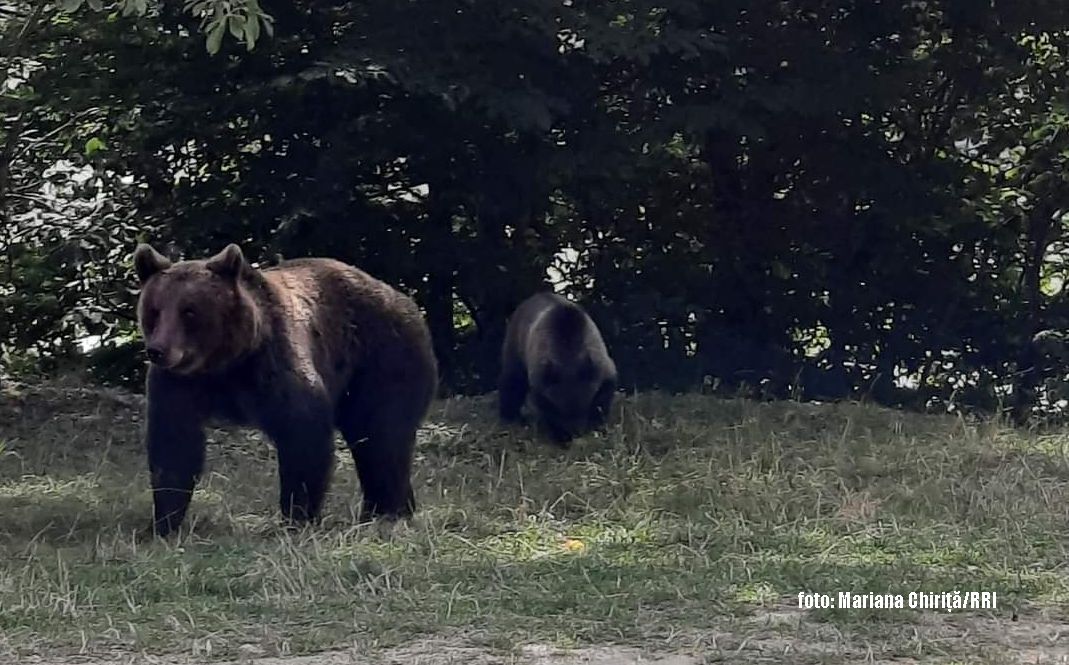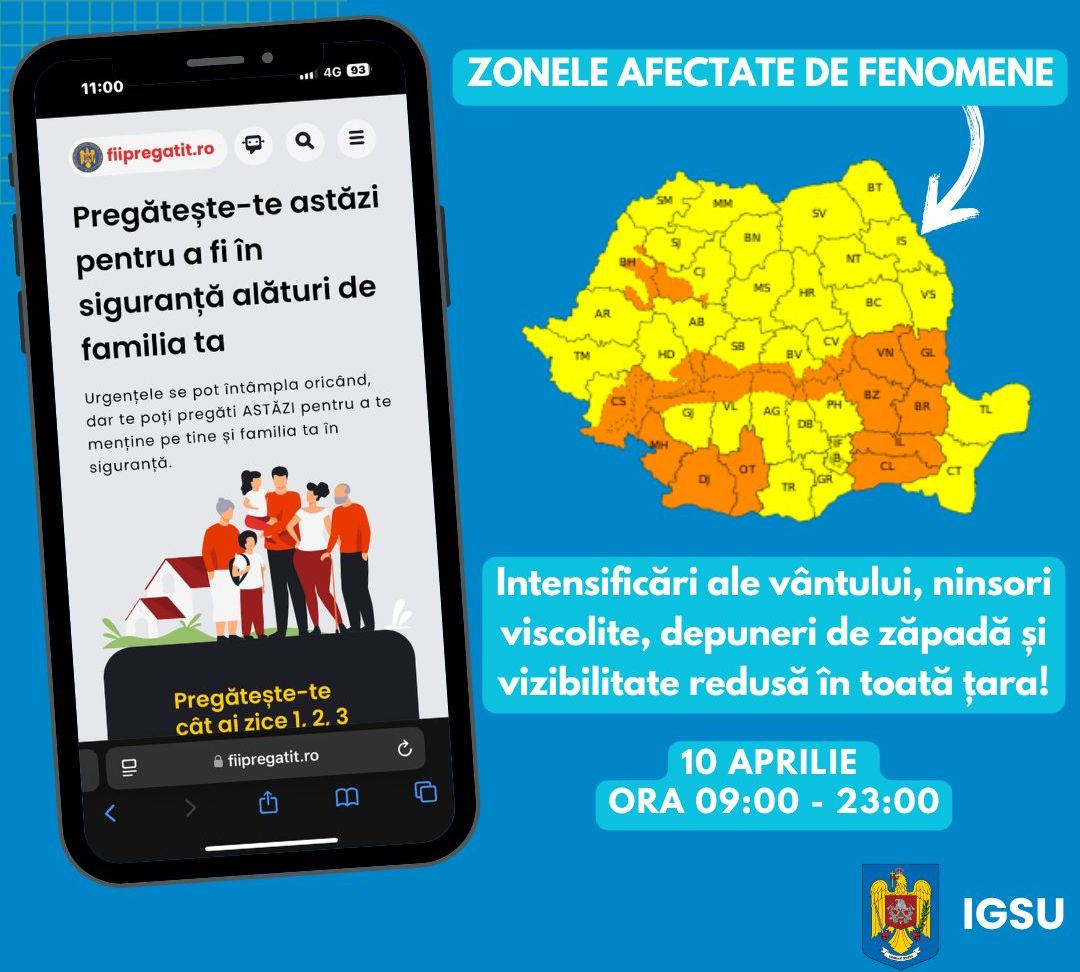Rosia Montana, from exploitation to heritage
The village of Rosia Montana was included in Romanias UNESCO world heritage list. The Culture Ministry announcement comes six years after the request of the Romanian civil society.

România Internațional, 08.02.2016, 13:12
The Ministry of Culture and the Environment Ministry
announced that Romania included Rosia Montana in the list of proposed world
heritage destinations. The final decision on the World Heritage List will be
made by UNESCO in Paris, based on a file that will include both a plan for economic
recovery and a heritage conservation scheme.
Rosia Montana used to be the most active mining centre
in Apuseni Mountains, in western Romania, since the first pits had been
developed in the Bronze Age, to the Middle ages and the modern times. Traditional
mining, based upon the initiative of small mining associations and miner
families, saw its final days upon the 1948 nationalisation, and was followed by
large-scale industrial mining, which concluded in 2006.
The galleries in the mountains surrounding the village
total over 80 km, seven km of them dating back to the ancient times, and making
up the largest and most important documented mining network in the Roman world.
The defining elements of the site are its galleries, the landscape and the mining
fair. According to evaluations, Rosia Montana meets five of UNESCO’s criteria
for a site to be included on the World Heritage List.
Several NGOs have requested international protection for
this area in Apuseni Mountains, hoping to prevent the implementation of a gold
mining project using cyanide-based technology. For 15 years now, Rosia Montana
Gold Corporation, a company running mostly on Canadian capital, has been trying
to get the authorisation to open here the largest mine in Europe, where they estimate
they might use cyanide to extract 300 tonnes of gold and 1,600 tonnes of
silver.
According to Eugen David, president of the Alburnus
Maior Association, which struggles to rescue the Rosia Montana area, Romania’s
proposal to have the site included on the World Heritage List and secure its
protection by UNESCO is not only a huge gain for the cultural heritage. It is
also a major victory of thousands of people, from Romania and abroad, who took
to the streets to protest the destruction of nature and culture in favour of
cyanide-based mining.






























